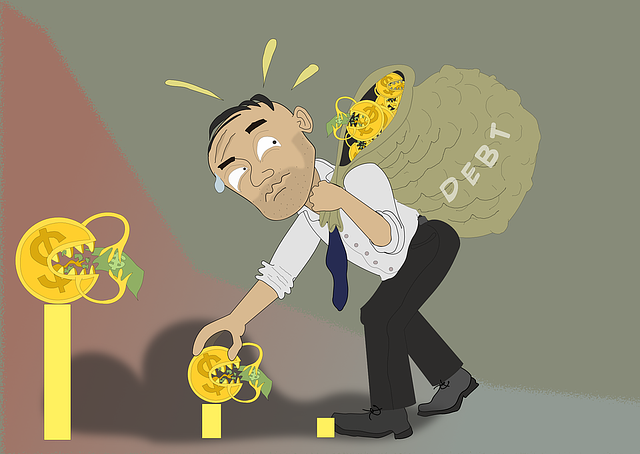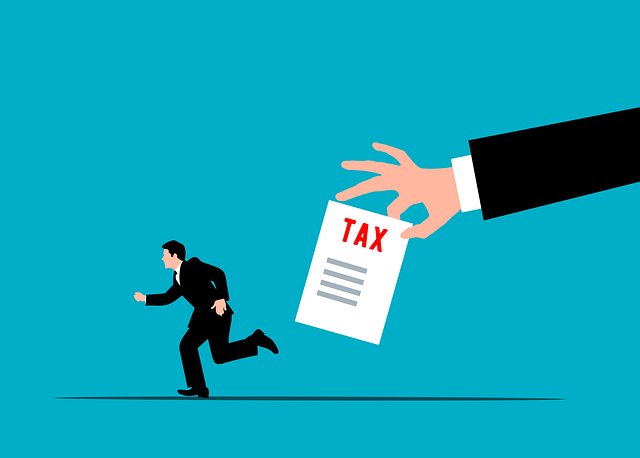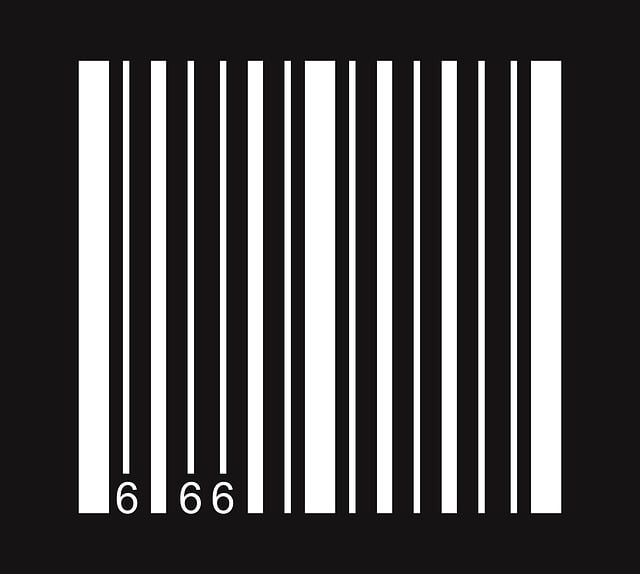High-interest debt can quickly spiral out of control, causing financial strain. Debt consolidation loans combine multiple high-interest debts into one loan with a lower interest rate, simplifying repayment and reducing overall costs. Individuals with bad credit can explore tailored debt consolidation loans to break the cycle and achieve financial freedom. By evaluating options, strategically budgeting, and seeking professional support, individuals can reduce their debt burden and set the stage for long-term financial independence.
Struggling with high-interest debt? Debt consolidation loans could be your path to financial freedom. This comprehensive guide explores the impact of high-interest debt, the benefits and options of consolidation, and a step-by-step process for success. Learn how consolidating your debts can simplify repayment, reduce interest costs, and set you on a journey towards a debt-free future. Achieve financial freedom – one consolidated loan at a time.
- Understanding High-Interest Debt and Its Impact
- Benefits of Debt Consolidation Loans
- Evaluating Your Consolidation Options
- The Consolidation Process: Step by Step
- Strategies for Repaying Consolidated Debt
- Achieving Financial Freedom After Consolidation
Understanding High-Interest Debt and Its Impact

High-interest debt can quickly spiral out of control, causing financial strain and stress. This occurs when individuals accrue debts with excessively high interest rates, often on credit cards or short-term loans. The impact is twofold; not only does the original debt grow, but the accumulation of interest compounds the problem, making it increasingly difficult to repay. This can lead to a vicious cycle where borrowers feel trapped, constantly struggling to keep up with minimum payments and seeing little progress in reducing their overall debt.
Debt consolidation offers a potential solution for those burdened by high-interest rates. By consolidating multiple high-interest debts into one loan with a lower interest rate, individuals can regain control of their finances. This strategic move simplifies repayment, reduces the overall interest paid over time, and paves the way to achieving financial freedom. For those with bad credit, US debt consolidation guide recommends exploring options tailored to their situation, ensuring access to debt consolidation loans that can break the cycle of high-interest debt.
Benefits of Debt Consolidation Loans

Debt consolidation loans offer a strategic approach to managing high-interest debts, providing individuals with a clear path towards financial freedom. By consolidating multiple debts into one loan with a lower interest rate, borrowers can simplify their repayment process and reduce the overall cost of debt. This not only makes it easier to budget for a debt-free life but also streamlines the financial independence roadmap by combining various payment obligations into a single, manageable monthly payment.
Additionally, debt consolidation loans allow individuals to focus on building a solid financial foundation. With lower monthly payments and reduced interest expenses, borrowers can allocate more of their income towards savings or investments, further securing their financial future. This process empowers them to break free from the cycle of high-interest debt and take control of their monetary well-being.
Evaluating Your Consolidation Options

When considering debt consolidation, the first step is evaluating your options. This involves understanding different types of consolidation loans available and how they can help you achieve financial freedom. There are various lenders offering secured and unsecured debt consolidation loans, each with its own set of terms and interest rates. Secured loans often require collateral, which can be a significant asset, while unsecured loans rely on your creditworthiness without needing collateral.
Evaluating these options requires careful consideration of your current financial situation, including the amount and types of debts you have. It’s crucial to compare interest rates, repayment terms, and any associated fees to determine which consolidation loan best aligns with your needs. Taking control of your debts through a well-chosen debt consolidation loan can significantly reduce monthly payments and help you pay off your debts more efficiently.
The Consolidation Process: Step by Step

The process of debt consolidation is a strategic approach to managing and reducing high-interest debt. It involves pooling multiple debts into one loan with a lower interest rate, simplifying repayment and saving money in the long run. Here’s a step-by-step guide to navigating this path towards financial freedom:
1. Assess Your Debt Situation: Begin by evaluating your current debts, including credit cards, personal loans, and medical bills. Understand the interest rates, terms, and monthly payments associated with each debt. This analysis will help you identify areas where consolidation can make a significant impact.
2. Explore Consolidation Options: There are several options available, such as debt consolidation loans from banks or credit unions, which often offer lower interest rates than your current debts. You might also consider government-backed loan programs tailored to specific types of debt, like consolidating medical bills. Researching these options will help you choose the most suitable and cost-effective solution for your financial situation.
3. Apply for a Consolidation Loan: Once you’ve selected an option, apply for the consolidation loan. You’ll need to provide proof of income, employment details, and potentially a co-signer if your credit score is not ideal. The lender will assess your application, verify your information, and determine the loan amount based on your eligible debts.
4. Repay Your Debts: After the consolidation loan is approved, you’ll receive the funds to pay off your existing debts. Repay the loans according to the new terms and schedule set by the consolidation lender. By doing so, you’ll have a single monthly payment, making it easier to manage your finances and eventually achieve financial freedom.
5. Fix Your Credit Score: Consolidation can positively impact your credit score over time. Timely repayment of the consolidated debt demonstrates responsible borrowing to credit bureaus. As you make progress on repaying the loan, your credit utilization ratio will improve, which is a significant factor in determining your credit score.
Strategies for Repaying Consolidated Debt

After consolidating your high-interest debt through a loan with a lower interest rate, the next crucial step is to develop a comprehensive strategy for repayment. Start by evaluating your current financial situation and creating a realistic budget. Identify areas where you can cut back on discretionary spending and allocate that money towards debt repayment. Remember, consistent and disciplined budgeting is key to achieving financial freedom.
Consider working with debt reduction counseling experts who can provide guidance tailored to your specific circumstances. They can help negotiate with creditors on your behalf, offer valuable debt management tips, and even connect you with debt consolidation experts if needed. Additionally, explore options like consolidating credit card debt, which can streamline payments and save money in the long run. Through a combination of strategic budgeting, professional support, and the right financial tools, you’ll be well on your way to debt-free living.
Achieving Financial Freedom After Consolidation

After successfully consolidating high-interest debt through loans designed for this purpose, many individuals find themselves on a path to financial freedom. This process involves more than just paying off debts; it’s about gaining control over finances and breaking free from the cycle of mounting interest charges. With debt consolidation, you can strategically reduce your debt fast, setting the stage for achieving long-term financial independence.
The journey towards financial freedom begins with a clear understanding of budgeting and spending habits. By implementing a well-planned financial independence roadmap, individuals can allocate their resources more efficiently, save for future goals, and invest in opportunities that grow wealth. This transformative experience allows them to look beyond the immediate relief of debt elimination and embrace a brighter financial future where they are no longer constrained by high-interest obligations.
Debt consolidation loans offer a strategic path towards financial freedom, especially for those burdened by high-interest debt. By consolidating multiple debts into one manageable loan with a lower interest rate, individuals can simplify their payments and potentially save significant amounts in the long run. This article has guided readers through understanding the issue, evaluating options, and navigating the consolidation process, ultimately empowering them to take control of their finances and achieve lasting financial freedom.
